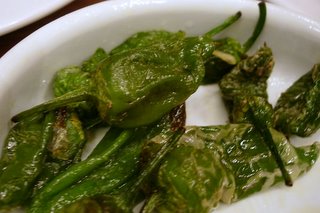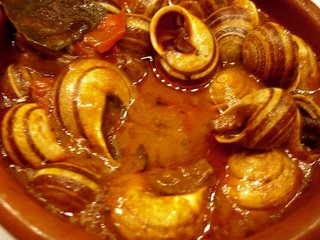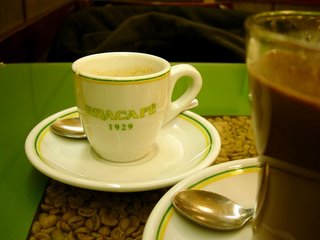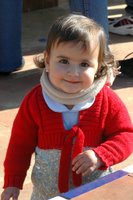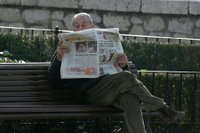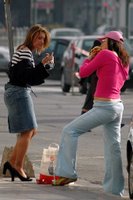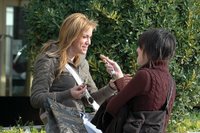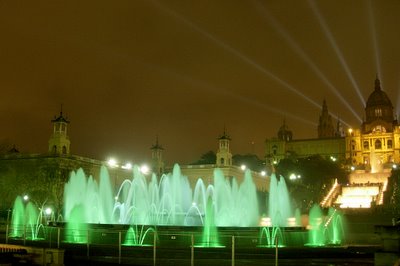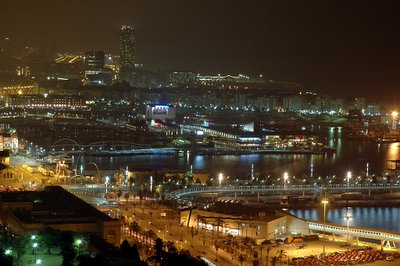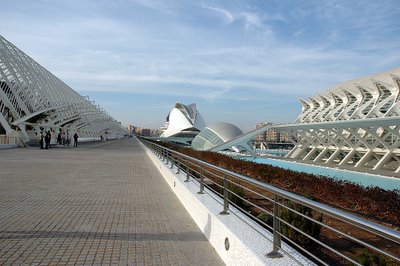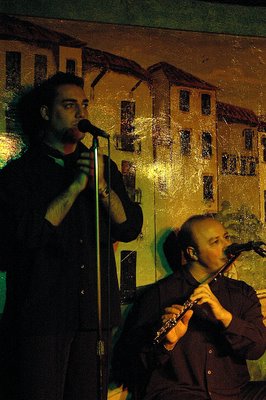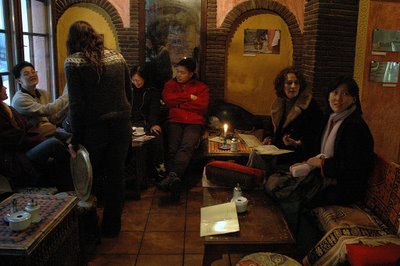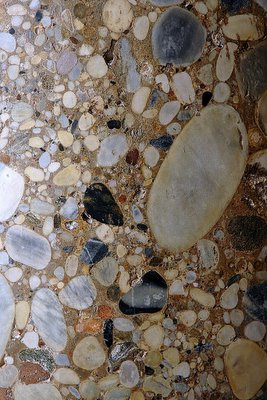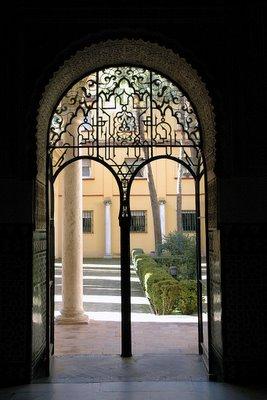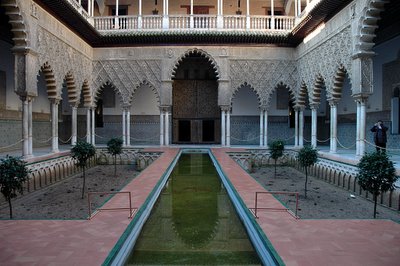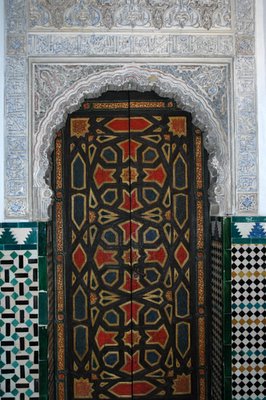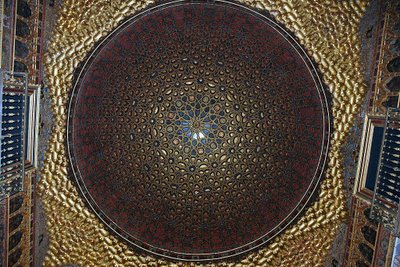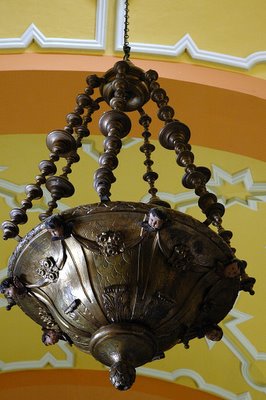During the trip, we had paella after paella, having found out that each region has their own specialty in preparing the stuff. The best is said to be in Valencia. We had that while there but too hungry to take photos. And of course, tapas! These are small plates or bowls of cooked dishes served either hot or cold to accompany your favourite beverage. Here's some images of the food sampled in Spain.
 Seafood paella in Barcelona
Seafood paella in Barcelona  Spanish bruschetta - raw tomatoes rubbed against bread with olive oil
Spanish bruschetta - raw tomatoes rubbed against bread with olive oil
 Patata bravas - fried potatoes with a special tangy sauce
Patata bravas - fried potatoes with a special tangy sauce
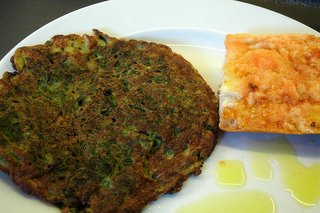 Spinach omellete - popular breakfast item
Spinach omellete - popular breakfast item
Estrella - local beer
Hot chocolate at the Bra Cafe (since 1929)

